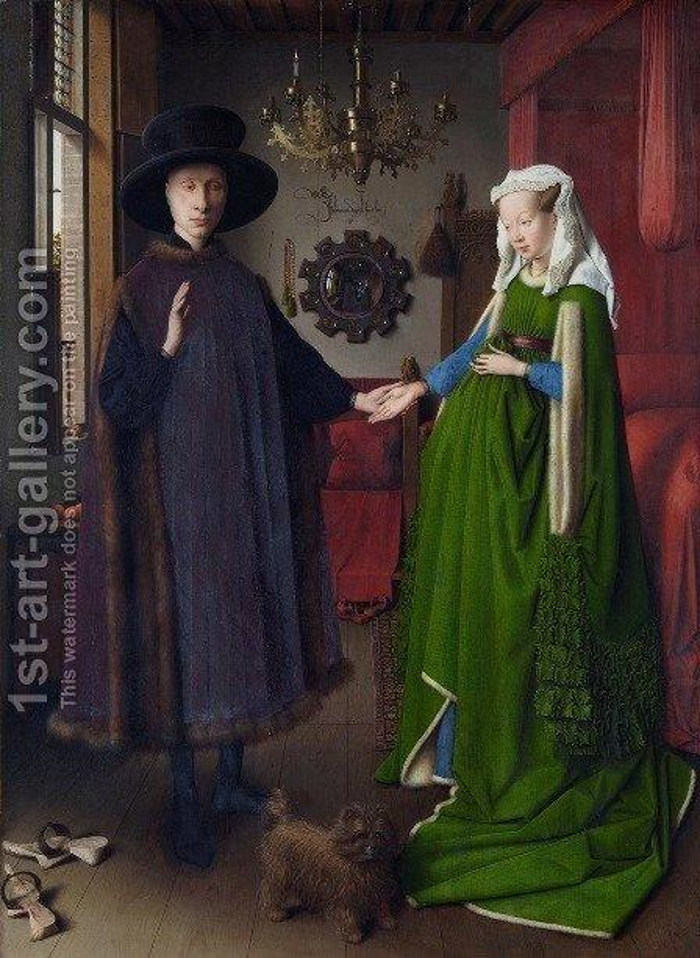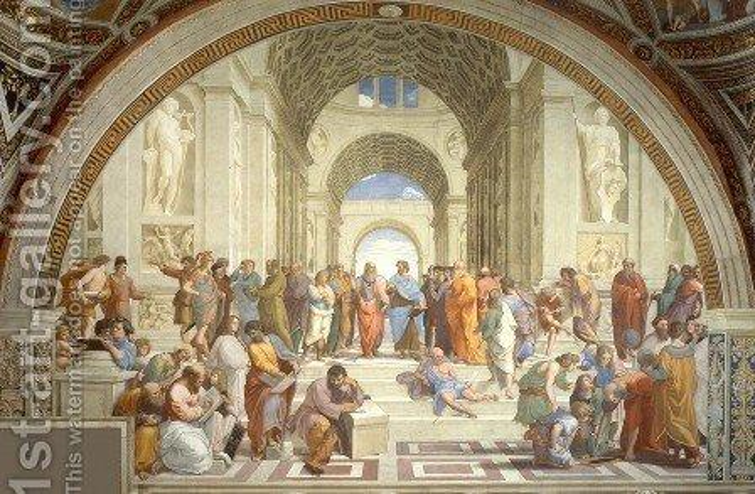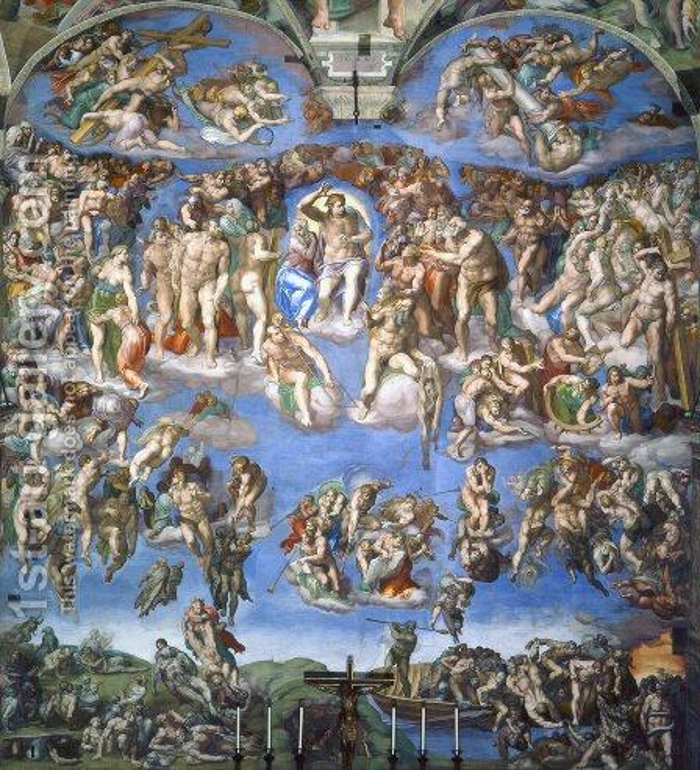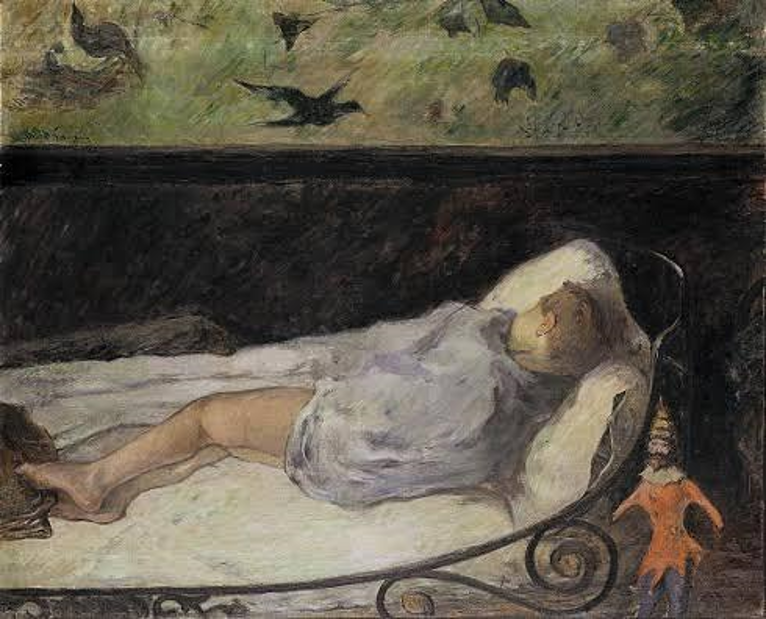It is very well said that “Behind every painting, lies a hidden portrait of the artist himself.”
From the early Renaissance days until today, master-artists through the ages have left behind distinct signatures concealed in their artworks, deliberately interleaving their own visages in the most unusual yet inventive ways.
While this unique sense of self-importance surfaced in the Renaissance era, artists began incorporating their oil paintings with humanist values wrapped with individualism and creativity. In fact, these secretly worked self-portraits were usually found one-sided in reflective objects, like mirrors.
Here, we list five of the best self-portraits hidden by the artists in some of their most famous oil painting on canvas:
“The Arnolfini Portrait” by Jan van Eyck (1434)

Here’s one of the world’ most appreciated paintings with the artist’s mysterious self-portrait. Painted by none other than Van Eyck’s in 1434, ‘The Arnolfini Portrait’ became the talk of the streets with many mysteries surrounding — does it lay testimony to a weeding? Is the woman pregnant? What does the “Jan van Eyck was here” signature mean? And who are those anonymous figures reflected in the mirror? Out of all the secrecies, what made most people ponder about was the identity of its subjects.
What’s more; a lot has also been speculated about the small convex mirror that is fixed on the wall behind the two figures. It depicts two additional figures walking inside the room. While the bridegroom is seen raising his arm as a sign of greeting, one of the figures in the mirror is also portrayed returning the gesture. But here comes the surprise: One can also spot right above the mirror images, Van Eyck’s flowery signature that quotes, “Jan van Eyck was here.”
Whether the writings suggests that the mirror figures represent the painter and his art assistant visiting his subjects, or is it the other way around. This remains one of the greatest unsolved mysteries in the history of art.
“The School of Athens” by Raphael (1509-11)

Here’s one of the best masterpieces of Classism painted by Raphael— the Renaissance self portraits’ master, depicting several revered ancient thinkers. From Ptolemy to Pythagoras, the painting lays testimony to renowned philosophers of the renaissance, who’ve collected at a historic marble hall with coffered ceilings.
While this classical fresco paints a genuine picture of true Renaissance intellectualism, it also portrays how beautifully Raphael combined his present era with the vaunted past. As per the words of his fellow Italian painter Giorgio Vasari, ‘The School of Athens’ depicts Raphael’s contemporaries as the philosophers. You can spot Bramante, who’s bent over a chalkboard, Archimedes & Euclid who are believed to be engaged in a conversation, whilst Michelangelo is assumed to be the face of Heraclitus.
Lastly, a deliberate look at the fresco earns you a glimpse at Raphael’s curious face at the far right of the fresco, just next to Zoroaster and Ptolemy.
“The Last Judgment” by Michelangelo (1536-41)

Did you know that the famous Italian Sculptor Michelangelo reviled the commission to mastercraft the altar wall of the Sistine Chapel without his consent? His sheer disliking is clearly reflected in a poem he addressed to his friend, whereby the passionate artist moaned about his sorrow:
“My brush, above me all the time, dribbles paints so my face makes a fine floor for droppings!”
The Renaissance self portraits master then painted the “The Last Judgment” to cleverly express his frustration. In the midst of the famous fresco, Michelangelo’s callously eyeless face can be spotted with a flagellated skin, descending from Saint Bartholomew’s hand. The painting conveys how the martyred saint is adjudicating if the artist would be off to heaven or hell!
“The Little One Is Dreaming, Étude,” by Paul Gauguin (1881)

While it may sound unusual to witness self-portraits in the classical art forms, it was relatively common for the Impressionist artists to incorporate some of their glimpse in their oil painting on canvas; as they would often depict their own portraits in the backdrop of Parisian bars, cafes and parks.
But it was the French painter Paul Gauguin who took the most eccentric approach to self-portraiture as he painted “The Little One Is Dreaming, Étude.” The famous art depicts a child lying asleep next to an uncanny, animated jester doll which stands beside the crib.
Have another close look and you’d realize that the face of the doll matches with nobody else other than the French painter. It is believed that the master-artist wished to paint the toy to be a hallucination of the little child’s dream.
P.S. It goes without saying that if that’s actually Gauguin’s face, it’s unarguably more nightmare than a dreamy fantasy.






